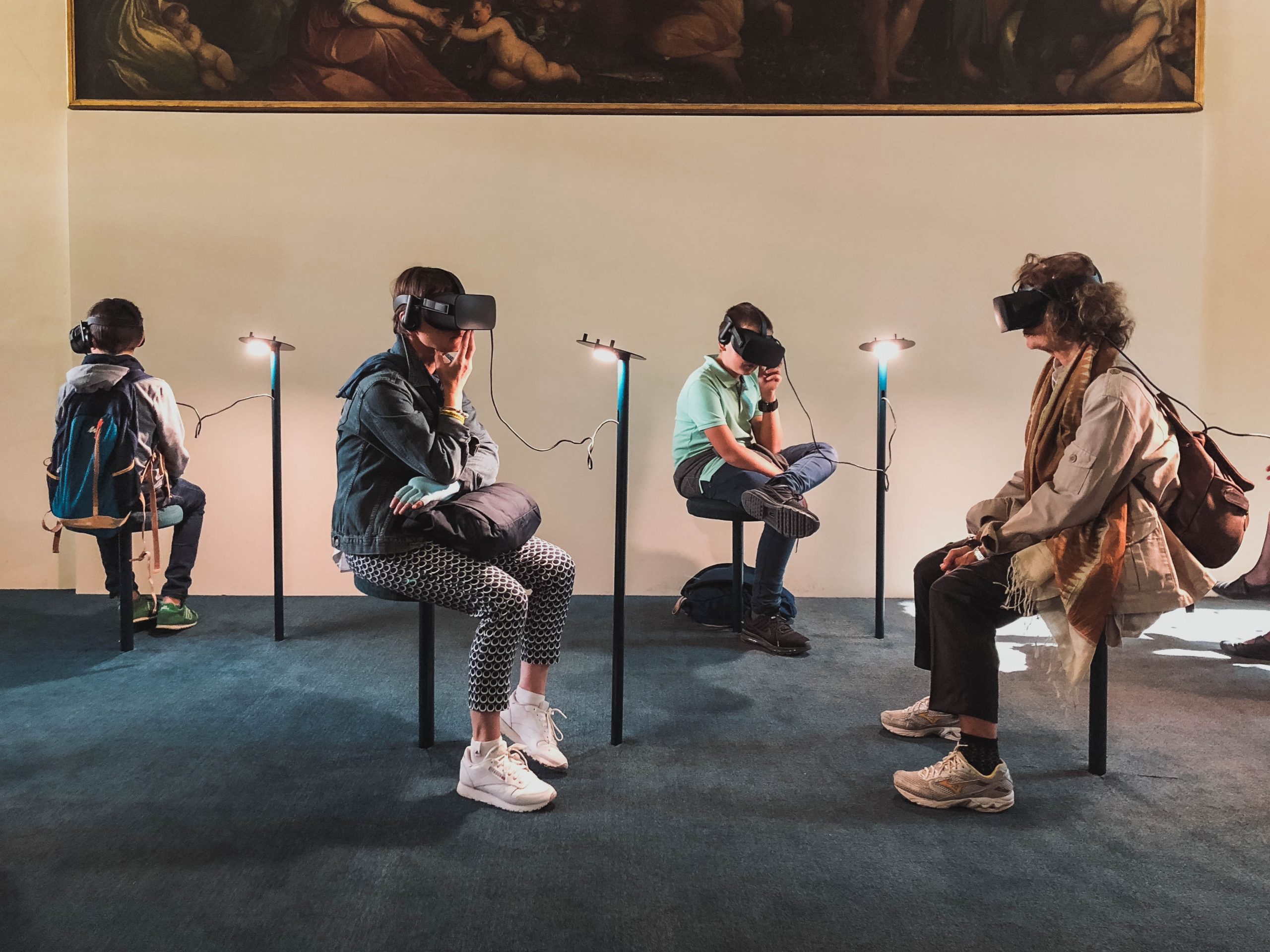If your company was one of the thousands that switched to remote work during the pandemic, chances are you already know the drill: daily video conference calls, even more coworking synergy platforms, and the shirt-tie-sweatpants work attire.
Saying that the future of work might be changed forever is hardly an overstatement. Observing the dynamics, many companies rushed to vigorously implement cutting-edge technologies, find ways to turn meetings into Asana tasks, and roll out grand plans to cut costs by closing their offices and embracing this ‘new normal’ for good.
However, could running too fast toward the new make us forget the benefits of the old?
Evolve, not resolve
Each business owner should constantly think about the challenges tomorrow will bring and how to adapt to overcome them. The era of COVID-19 has presented a unique set of issues, but one thing is already clear: Using tech as the universal remedy won’t cut it.
Adopting new technologies into our workflows has clear benefits, but it goes without saying that technology isn’t omnipotent. Zoom might tackle your communication barriers, but will do little to build team rapport. Microsoft Teams might help streamline your project management, but will hardly develop relationships with your customers. WebEx is a great asset to your salespeople, but will not do much to drive the much-needed motivation to sell.
74% of companies are planning to permanently shift to more remote work post-COVID, but it’s time we understood that the transition isn’t something that can just happen overnight so you can sit back and enjoy the metrics. While maintaining a sense of business continuity is key, there’s a long journey from resolving to evolving. Technology itself will never settle your business challenges – people will. So even when house-bound, don’t think that all the investment in human talent you need to make is paying your employees an online course.
If maintaining team cohesion is a notorious remote work challenge, then the same goes for ensuring that everyone can see the bigger picture and is moving in the same direction. In fact, according to Slack, nearly half of newly remote workers say that working from home has negatively affected their sense of belonging. Strong company culture is well-known to be key to business success, but can it survive amid the ‘new normal’? With COVID-19, we have seen an acceleration of investment in processes, but investing in company culture means prioritizing the people.
Consider the intangible
Working from home, employees have their daily tasks, deliverables, and KPIs – but their job is generally reduced to little more than just checking boxes off the list. The camaraderie is gone, the sense of accomplishment suffers, and the excitement of teamwork fades away. The resultant communication gap is a deeply human problem – and it requires a human solution. Technology can certainly help, but it’s only a tool. Leveraging it helps to resolve the issues, but to master the remote setting, we need to bring the focus back on building a thriving culture with touchpoints that allow us to motivate and inspire each other.
It’s people who create the culture within a company. While skipping regular in-person meetings or closing down the office might be one of the ways to cut down costs, not doing so brings a hidden intangible that is certainly worth the investment. Fostering community, education, relationship-building, and networking brings long-term benefits to virtually any area of your business, from HR to sales.
If you’re a sports fan, fantasizing about an all-star team getting together is a must. But do you believe that if these players were to really meet and play together for the first time, they could beat a group of well-synchronized, even if individually less skilled, athletes? In the same way, while everyone can do their part remotely, building team spirit over a Zoom call is much more difficult – something that companies should keep in mind when shaping their long-term remote strategies post-COVID.
As humans, we need a sense of community to build something valuable. There’s a reason why companies have traditionally been investing in all-hands meetings. Even tech giants like Facebook and Google have regularly organized large-scale gatherings to make sure employees stay both informed and engaged. If you’d think that a $2 million hassle isn’t really worth it, think twice. If you understand how collaboration truly works, then you have to see why relying on a top-down approach is something to be left behind in the past century.
The secret ingredient? Employee engagement
With new startups emerging every day, company culture has become – and will continue to be – an important differentiator. Whether it’s in marketing, sales, or client communications, the pandemic has highlighted the importance of relationships, community, and engagement. At the end of the day, people do business with people. Making sure that your team is well-aligned, embraces company values, and demonstrates them on a daily basis as it interacts both internally and externally, is key to successful long-term partnerships.
There’s nothing wrong with working remotely – but don’t forget what really matters when growing a company. Who you are as a company can’t be defined by a PowerPoint presentation, explained in an email, or distilled on conference calls. If you’re looking to build teams, there will always need to be some sort of proximity. Companies with a highly engaged workforce are known to notice an increase in productivity by up to 17%.
To some extent, driving togetherness and engagement can be done remotely. Updating your team with company news, organizing all-hands meetings with shoutouts, and providing an overall sense of leadership even when the team is apart is key. Where tech falls short, stick to what you know. As we’re looking toward the end of the pandemic, think of ways of getting the company together, even if only a few times a year. This will enable new exchanges and allow relationships to blossom.
When reopening your offices, first do what keeps people safe, and next do what keeps them together. Monitor the latest regulations and recommendations, take little steps, and adjust accordingly. But even if you have to wait for that after-work happy hour for a little longer, just make sure not to scratch it out of your plans altogether. At the end of the day, no tech advances can truly compensate for the power of togetherness.

Guest Author: Rohan Thambrahalli is the Founder and President of UpstartWorks, a consultation and technology service company.












